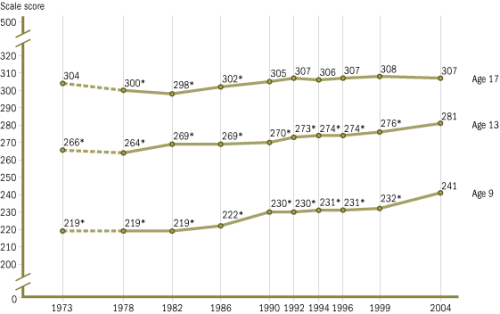The same results, twice the cost
Only in government
The Progressive Leadership Alliance of Nevada (PLAN) has proposed covering Nevada's budget shortfall by raising $1.2 billion in new taxes per year (or $2.4 billion in new taxes per biennium). One of the assertions PLAN makes to justify the tax hikes is that the money is needed to spend on Nevada's public education system.
Undoubtedly, Nevada's education system needs improving. But it's extremely unlikely that spending even more money on our current approach to educating children will lead to any real improvement. In fact, some would point out, doing the same thing over and over and expecting different results is a common definition of insanity.
The National Center for Education Statistics reports that national spending per pupil between 1960 and 2005 increased by 247 percent, and that is after adjusting for inflation. Yet no one would claim that student achievement has improved by that amount during that same period.
In fact, the National Assessment of Educational Progress—also known as the Nation's Report Card—shows pretty flat results across the board for reading and mathematics from 1971 through 2004 (the latest available data):
| * Significantly different from 2004. SOURCE: U.S. Department of Education, Institute of Education Sciences, National Center for Education Statistics, National Assessment of Educational Progress (NAEP), selected years, 1971–2004 Long-Term Trend Reading Assessments. |
| * Significantly different from 2004. NOTE: Dashed lines represent extrapolated data. SOURCE: U.S. Department of Education, Institute of Education Sciences, National Center for Education Statistics, National Assessment of Educational Progress (NAEP), selected years, 1973–2004 Long-Term Trend Mathematics Assessments. |
The reading exam shows virtually no gains in over 30 years. While mathematics has seen some improvements, especially on the fourth-grade NAEP exam, 17-year-olds have seen virtually no improvement in either category since 1971. This suggests that improvements in early education have worn off by the time students enter high school.
Over that same time period (1971-2004), inflation-adjusted per-pupil spending increased 111 percent. Even doubling per-pupil funding has yielded only less-than-modest improvement in student test scores, especially in later years.
Needed reforms include merit pay for teachers, expanded parental choice programs, more charter schools, real consequences for failing schools, the termination of social promotion, and real tests to track student achievement and teacher effectiveness. Such reforms have proven to work in Florida, and are a far superior alternative to government-union efforts to make Nevada spending start approaching the additional $4.1 billion per year required to rank us first in the nation in per-pupil spending.







